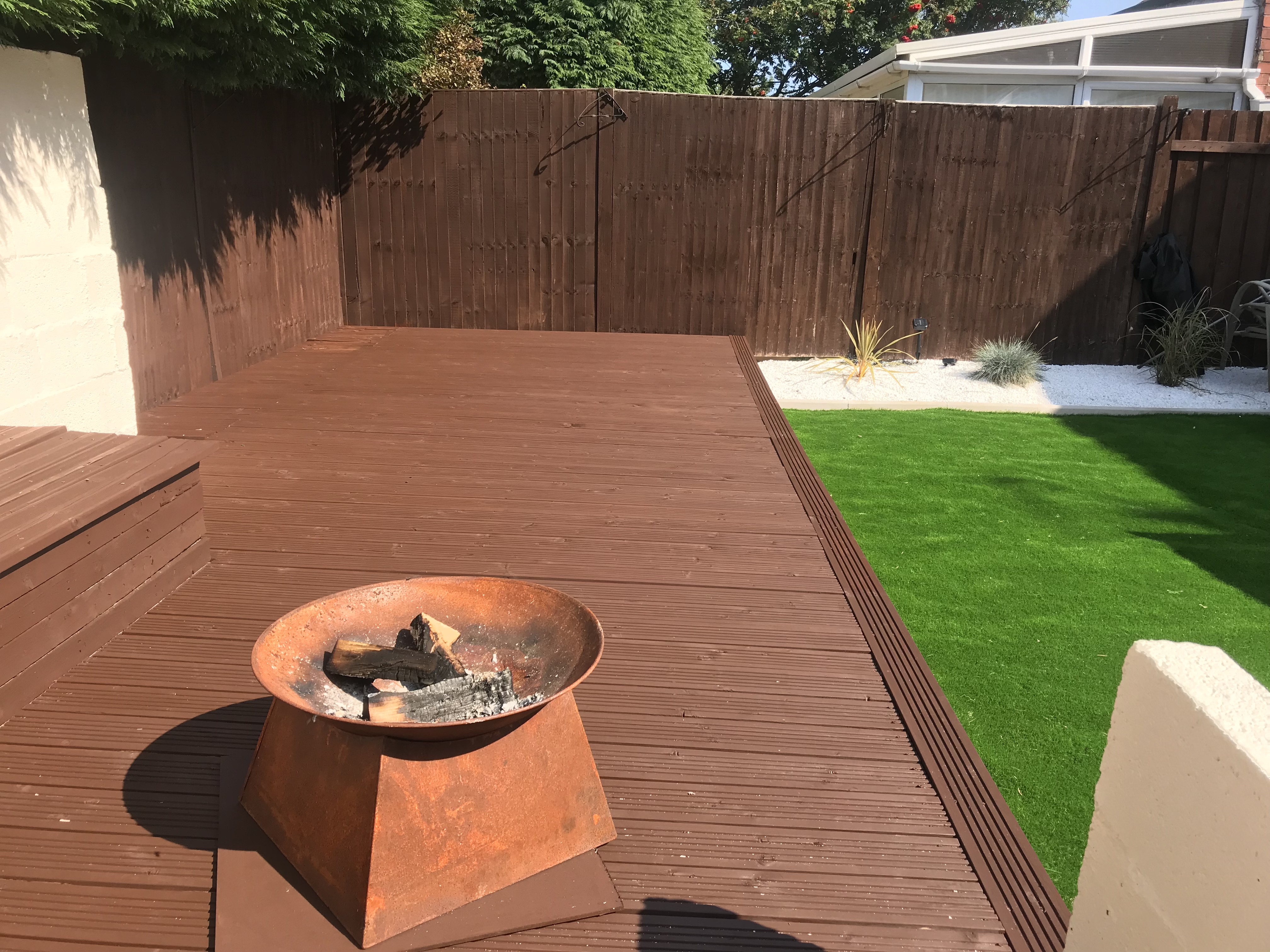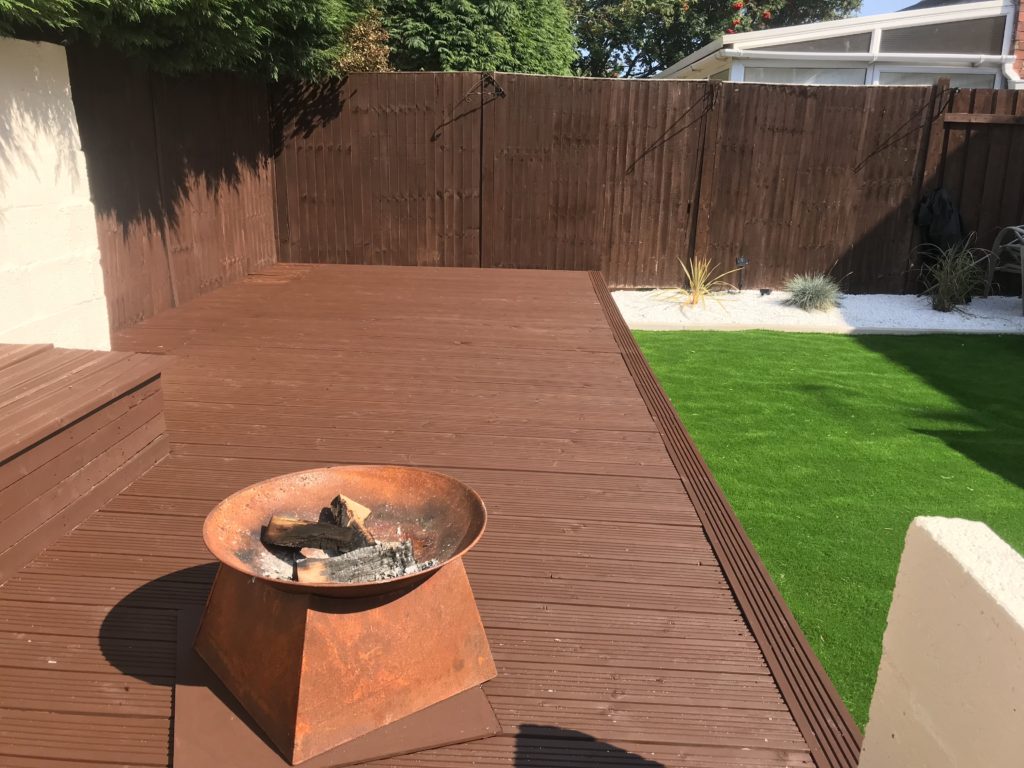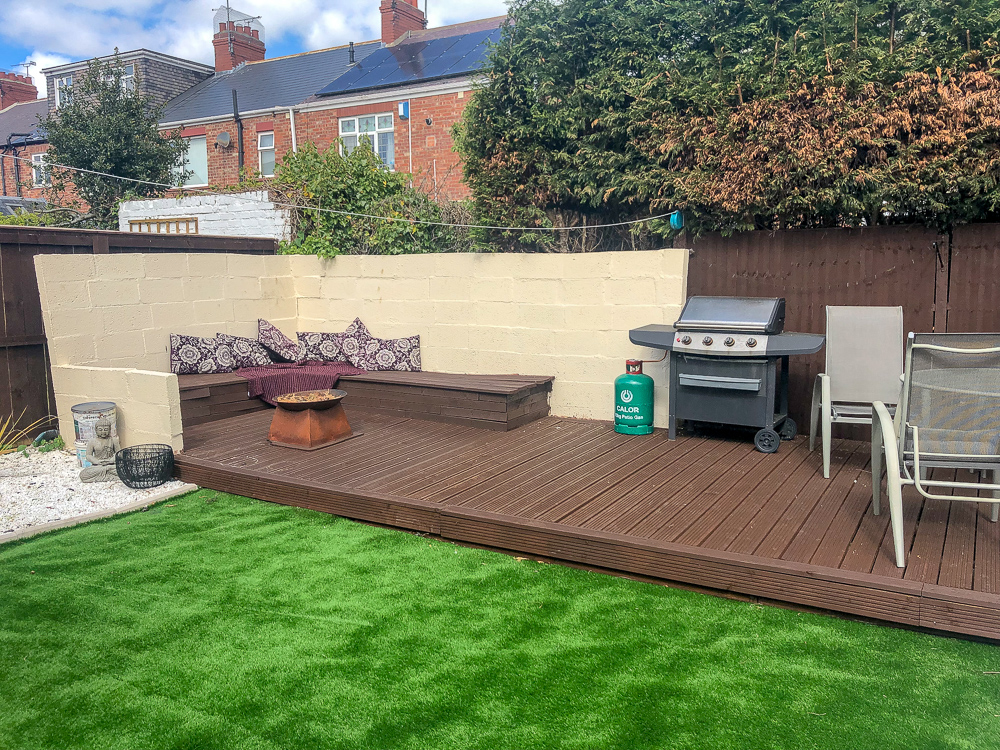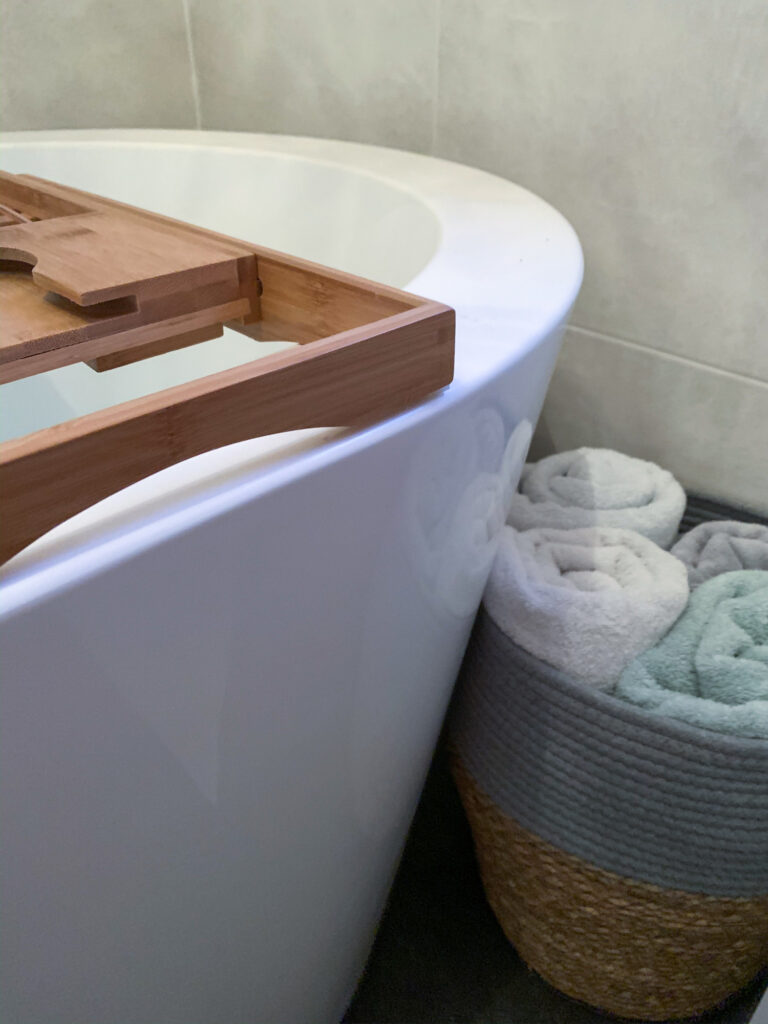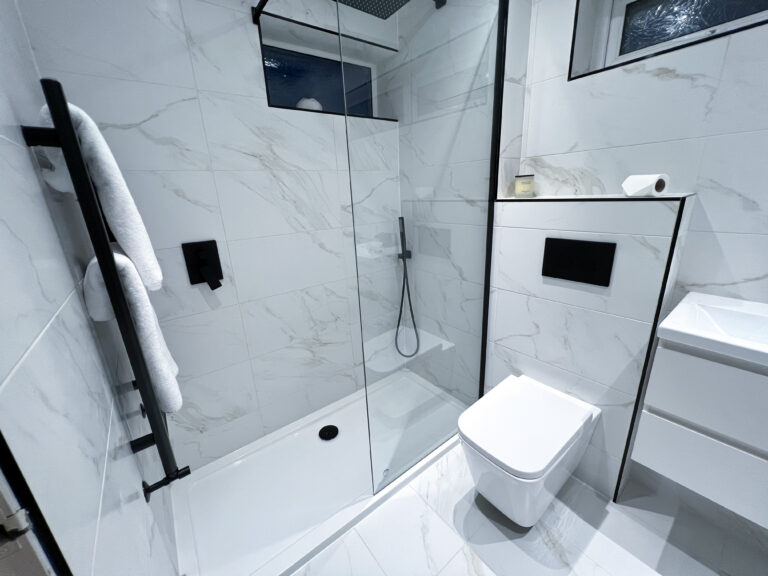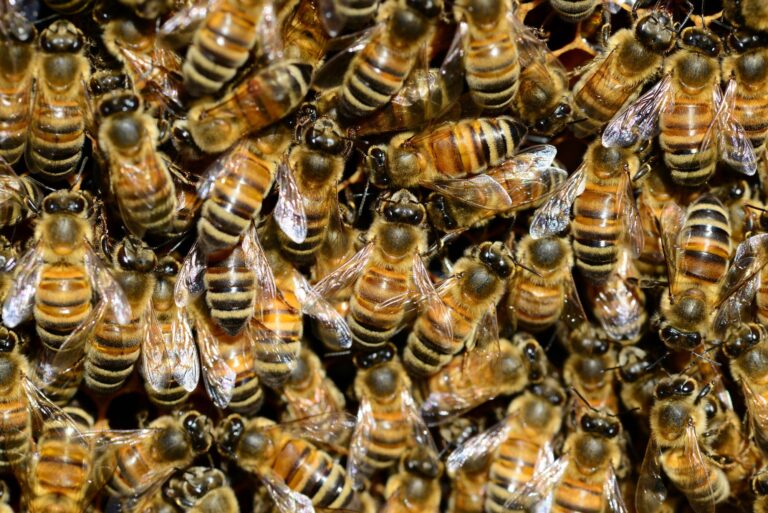8 Easy Ways To Keep Your Decking In Great Condition
Decking is a great addition to any garden, but it will need some regular maintenance in order to ensure that it continues to look its best and lasts a long time. Luckily, depending on the materials that you choose for your decking, maintenance doesn’t have to be difficult. And with the right cleaning and care products, you can completely transform your decking’s appearance and keep it in top shape for years to come.
Whether your decking is looking a little worse for wear, you want to clean up your outdoor space in time for summer, or you are building new decking and want to get started out right with maintenance, check out this guide.
8 Easy Ways To Keep Your Decking In Great Condition
Low Maintenance Materials
If you are thinking about building a new deck in your garden, it’s a good idea to consider which materials are likely to need less maintenance than others. Natural hardwoods, for example, will often require much more maintenance to keep in good condition, while black composite decks are designed to last a long time without sanding, oiling or painting and do not warp, split or splinter in the same way as wood.
Check out Ecoscape UK for a range of composite decking options that are easy to maintain and eco-friendly. They offer a huge range of styles and colours to choose from.
When to Clean Decking
Since your decking is exposed to the elements throughout the year you will have to restore a deck annually to keep it looking in peak condition. Make this a little more easy for you through regular cleaning and maintenance is key to ensuring that it lasts as long as possible, regardless of the material that you choose. Deep cleaning your decking around once a year is usually sufficient, along with more regular sweeping and brushing to remove dirt and debris.
Cleaning and Preparing the Area
To clean your decking, begin by clearing everything from the surface. Remove everything that might get in the way from small potted plants to large garden furniture. Grab a brush and sweep the entire area well, paying particular attention to the gaps between boards and any tighter areas where debris and dirt are more likely to collect.
Pressure Washing or Hosing
Once you have swept the decking, use a garden hose or a pressure washer to loosen any tough grime and dirt and rinse it away. A garden hose is usually the best choice since it is gentler, and a pressure washer must be used with great care as it can cause damage to any decking material if you aim it too closely.
If you are using a pressure washer, be sure to choose the lowest setting and make sure that you leave at least a few feet between the nozzle and the decking’s surface.
Scrubbing
Mix a gentle cleaning solution with warm water and washing-up liquid or a specially designed decking cleaner that is formulated for your decking material. Use a sponge or a stiff brush to scrub the deck’s surface until you have worked up a lather with the cleaning solution.
Let it stand for a few minutes – if you’re using a deck cleaning product, there will be instructions on how long to leave it for – before thoroughly rinsing with clean water.
Drying the Decking
Standing water can be a problem for any decking material, so after cleaning, it’s a good idea to remove as much water from the deck as possible. You can find several tools that will allow you to easily remove the water and redirect it away from the deck, before leaving the decking to dry out.
Treating Algae and Mould
Algae and mould can become an issue for any decking material, so using a good mould and algae prevention treatment each time you clean the decking can help to keep it in good condition for as long as possible. You can also get disinfectants and deck cleaning products that are specially formulated to clean your decking along with preventing mould and algae growth.
Resealing the Deck
Some decking materials like composite boards do not always require resealing, unlike wooden boards, which will benefit from resealing after deep cleaning. However, almost all decking materials can be resealed after deep cleaning to improve the condition, boost waterproofing properties and improve anti-stain properties.
Some sealants include mildew protection and other barriers, so explore your options before deciding which one is going to work best for your deck. Apply the sealant according to the manufacturer’s instructions. Once it is applied, give it some time to completely dry before you move any furniture and other items back out onto the deck.
A deck can be a great addition to your garden, but to keep it lasting for as long as possible and looking great for longer, regular cleaning and maintenance are needed. Some decking materials are lower maintenance than others, so if you are in the process of adding a new deck to your garden, consider this when deciding which materials to use.

